Guatemalan Coffee Guide – All You Need to Know
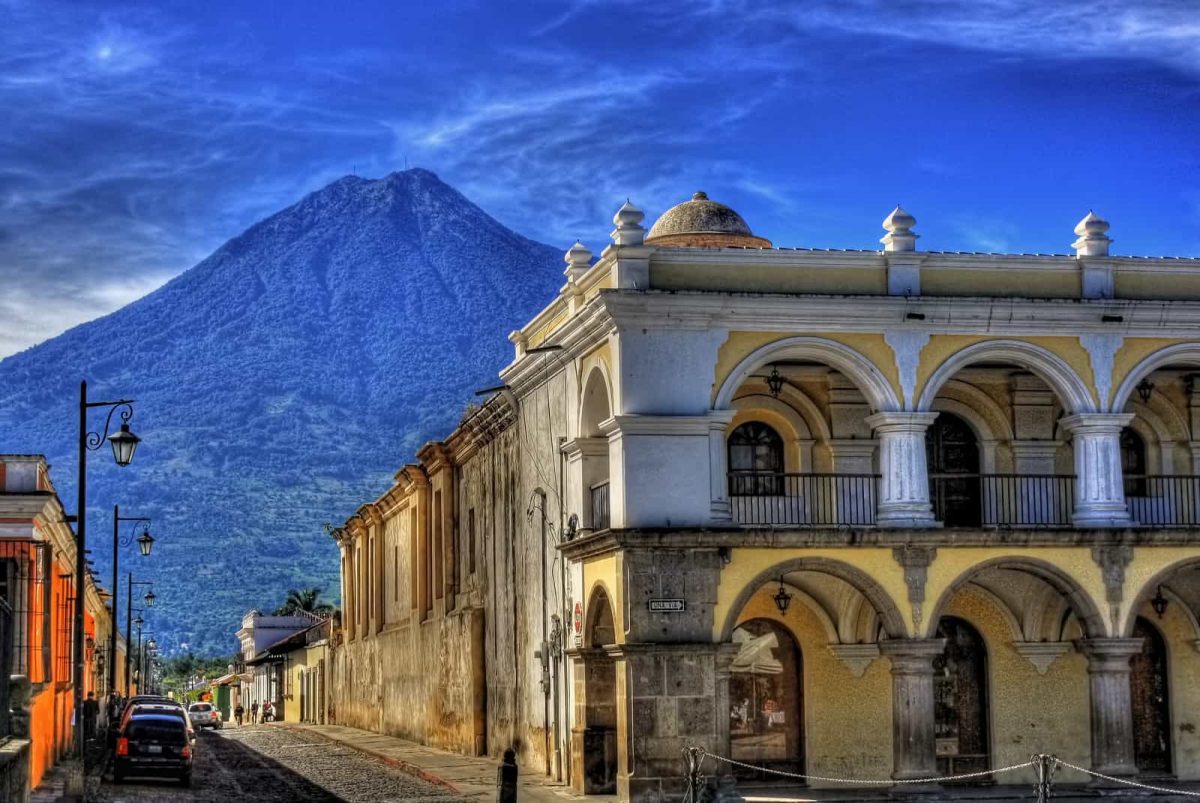
Coffee lovers often have a special place in their heart for Guatemalan coffee. It’s no longer one of the top largest producers on Earth, after being edged out of the top 5, and it’s also not the biggest producer in Central America, but they’re still putting out some excellent quality coffee beans.
The unique growing regions offer up some very worthwhile coffees for you to taste, so let’s take a look at what makes coffee from Guatemala special, unique, and something to seek out.
We’ll take a look at the growing conditions that help create this coffee, how it’s grown and processed, we’ll tour the regions and what makes them different from one another, we’ll go over some tasting notes and flavor profiles, and we’ll talk about the history of growing coffee in Guatemala.
Pour yourself a fresh cup, let’s get right into it…
What Makes Guatemalan Coffee Special?
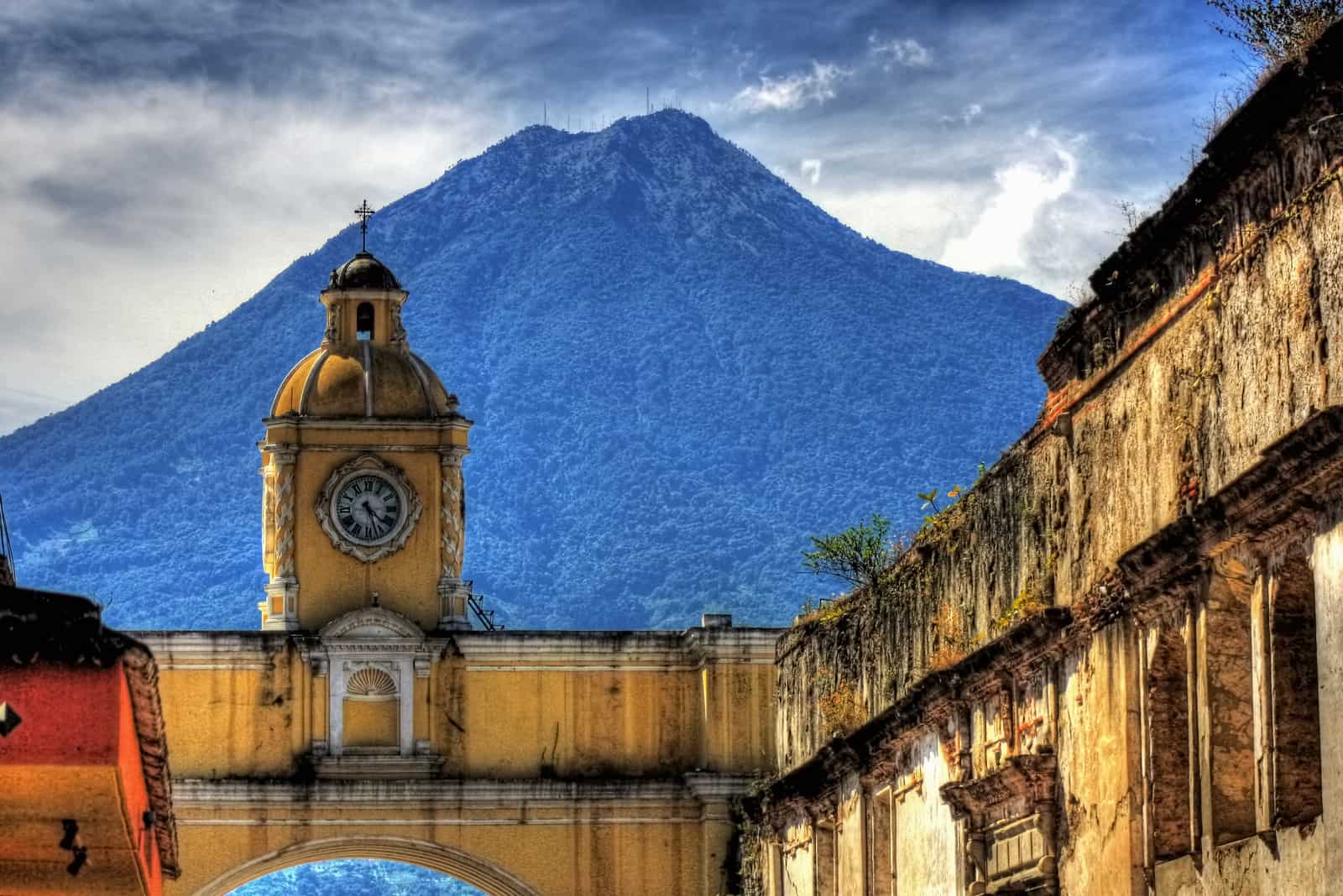
For a relatively small country, Guatemala has some very distinct regions when it comes to weather and soil conditions.
Much of it has rich, fertile soil that is naturally fertilized by nearby volcanic ash, but other areas have more of a clay-like soil with limestone.
Some areas get a ton of rain, some get much less. Some areas are high in elevation, some are lower. There’s a lot going on here, and it leads to very unique flavors that are produced by the various regions.
Variety and complexity are two words that come to mind when describing coffee that comes out of Guatemala. Quality is another, they’re known for an emphasis on high-quality output.
Growing Conditions
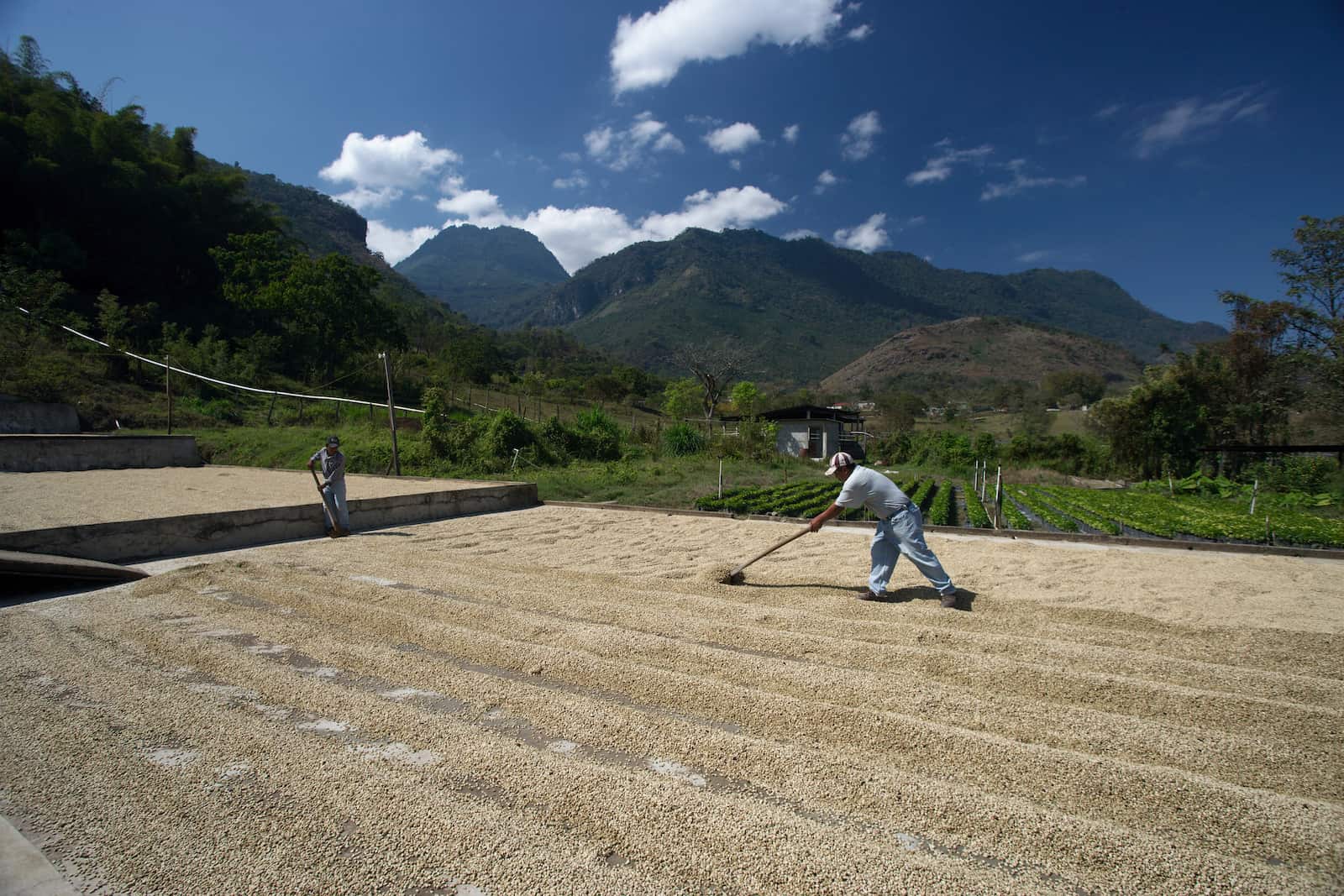
There are a number of growing regions in Guatemala, each one inspired by diverse climate and soil. While similar in some ways, they all have unique characteristics that contribute to a wide assortment of flavors.
There are over 300 microclimates at play among the various regions here, and 14 ecoregions. More than 80% of the coffee farms here are small-to-medium in size, with only a couple of percent being larger in scale. The percentage of shade-grown coffee from guatemala is in the high-90s.
The Antigua Coffee Region
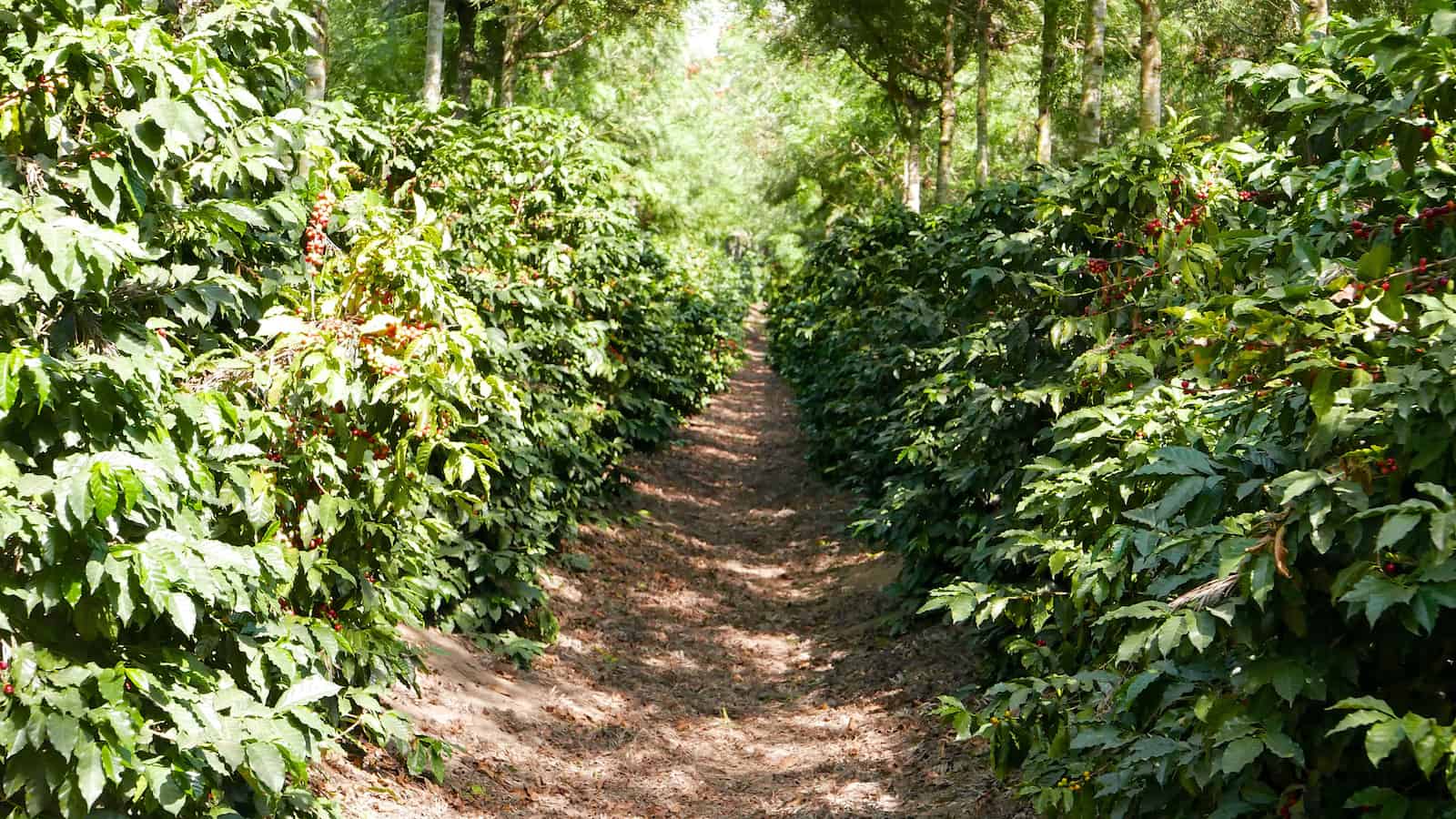
This is the most popular and well-known type of coffee from Guatemala, most would agree. There is a low amount of humidity, the soil is volcanic, and there are 3 volcanoes nearby. One of them will occasionally release some ash, which is filled with nutrients for the soil, helping to keep this region is fertile.
There have been controversies in the past where growers from other regions would ship their coffee here, due to the higher desirability and price of Antiguan coffee.
At the turn of the millennium, growers in Antigua got together to form an association to certify and track coffees from here, to ensure there weren’t any imposters.
The Acatenango Coffee Region
The altitude here (roughly 6,500 feet) allows the coffee beans to be dried in the sun, adding some unique flavors to the profile. This region is filled with thick forests, lower temperatures, and a breeze from the Ocean.
It’s in the west, near volcanoes, and also benefits from the ways they nourish and enrich the soils. This region also has a grower’s association who help project the interests of those who farm over 9,500 hectares of land here.
The Atitlan Region
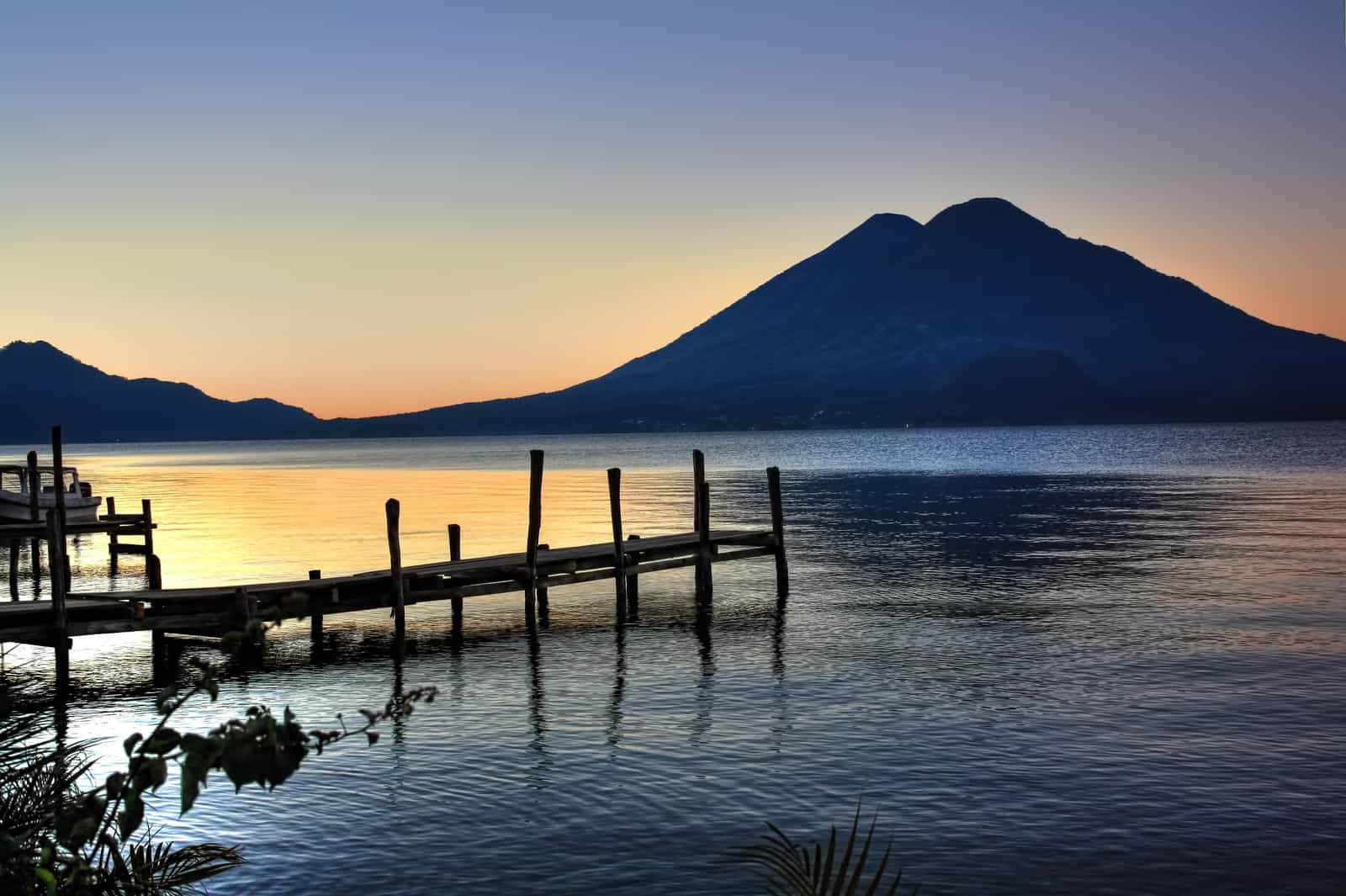
The lake of the same name is at the heart of this region.
The driest months still get a couple inches of rain, and they use water from Lake Atitlan to help process the beans, grown on plants which have generally been fertilized naturally.
There are volcanoes nearby, as is common for many regions in Guatemala, resulting in great soil. When you have excellent soil, tons of natural fertilizers, and a variety of different climates, you get some very unique flavors that all originate from a similar baseline of quality.
Most of the farms here are very small, a lot of the work is done by hand, and all of the aforementioned factors result in a strong, full bodied cup of coffee with notable acidity.
The Volcan San Marcos Region
This region gets the most rain, with nearly 200 inches a year, and around 75% humidity.
The soil is volcanic, and coffee here has a distinct flavor profile that’s worth trying if you can get your hands on some.
It’s another great example of the contrast between the similarities and the differences you’ll encounter in different coffee regions of Guatemala. It’s truly something to experience!
The Fraijanes Plateau Region
This region is in the mountains near Guatemala City.
The soil is high in potassium, and it is also very rich and volcanic, as is a trademark of most regions in this country. The altitude is higher than other regions, but not the highest in Guatemala, at around 4,500 feet.
The coffee beans from this region have a full body of flavor, and are comparable to the Antigua beans.
The Oriente Region
The coffee beans produced from this region offer a high acidity, a strong aroma, and a balanced body. The commonly-grown beans are pache, catuai, and bourbon.
It’s very interesting to try the same types of beans, grown in different regions of Guatemala, if you’re able to source them from reliable places that track the specific origin.
The Rainforest Cobán Region
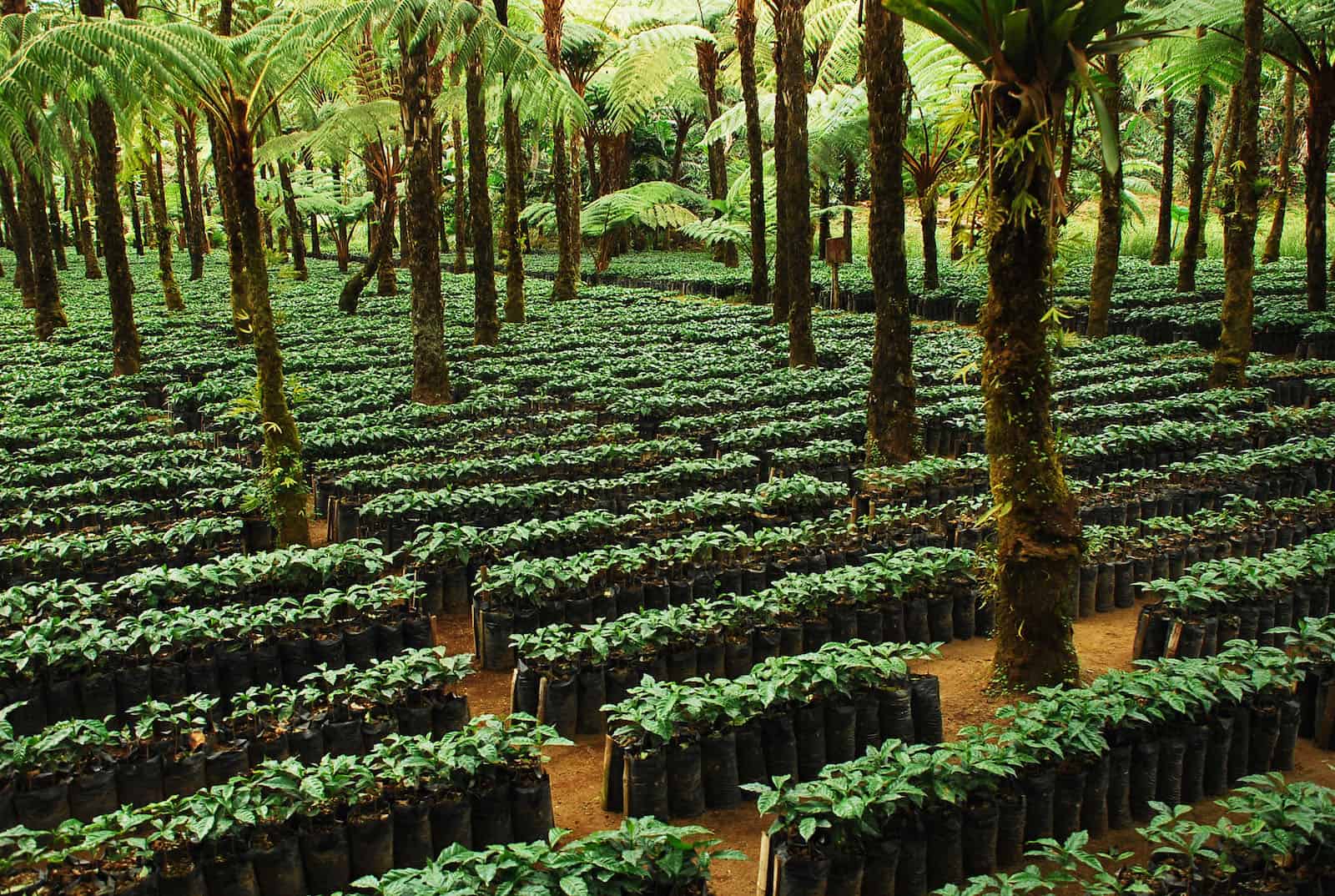
This region gets a relatively even distribution of rain all year long, and is a lot cloudier with minimum daily sunshine.
The humidity is very high, the soil consists of clay and limestone. It’s a far stretch from the sunny volcanic regions, and results in a more medium bodied bean, not a lot of acidity, and flavors that are brighter. The types of beans grown here are caturra, pache, bourbon, maragogype, and catuai.
The Highland Huehuetenango Region
Finally, here’s the 8th region we’re going to be taking a tour of today. On the border with Mexico, this region produces high quality beans with some distinct flavor notes.
The climate is humid here, around 70-80%, and it gets around 70 inches of rain each year.
They grow caturra, catuai, and bourbon beans here primarily. The subtropical climate gives them properties that have been described as “wine-like”.
Flavor Notes
It’s all over the map as far as flavors go, with such distinct conditions in each region. Your best bet is to try to taste them all, but we’d recommend that for all coffee, so to break things down a bit more specifically, here’s what you can expect…
A Brief History of Coffee in Guatemala
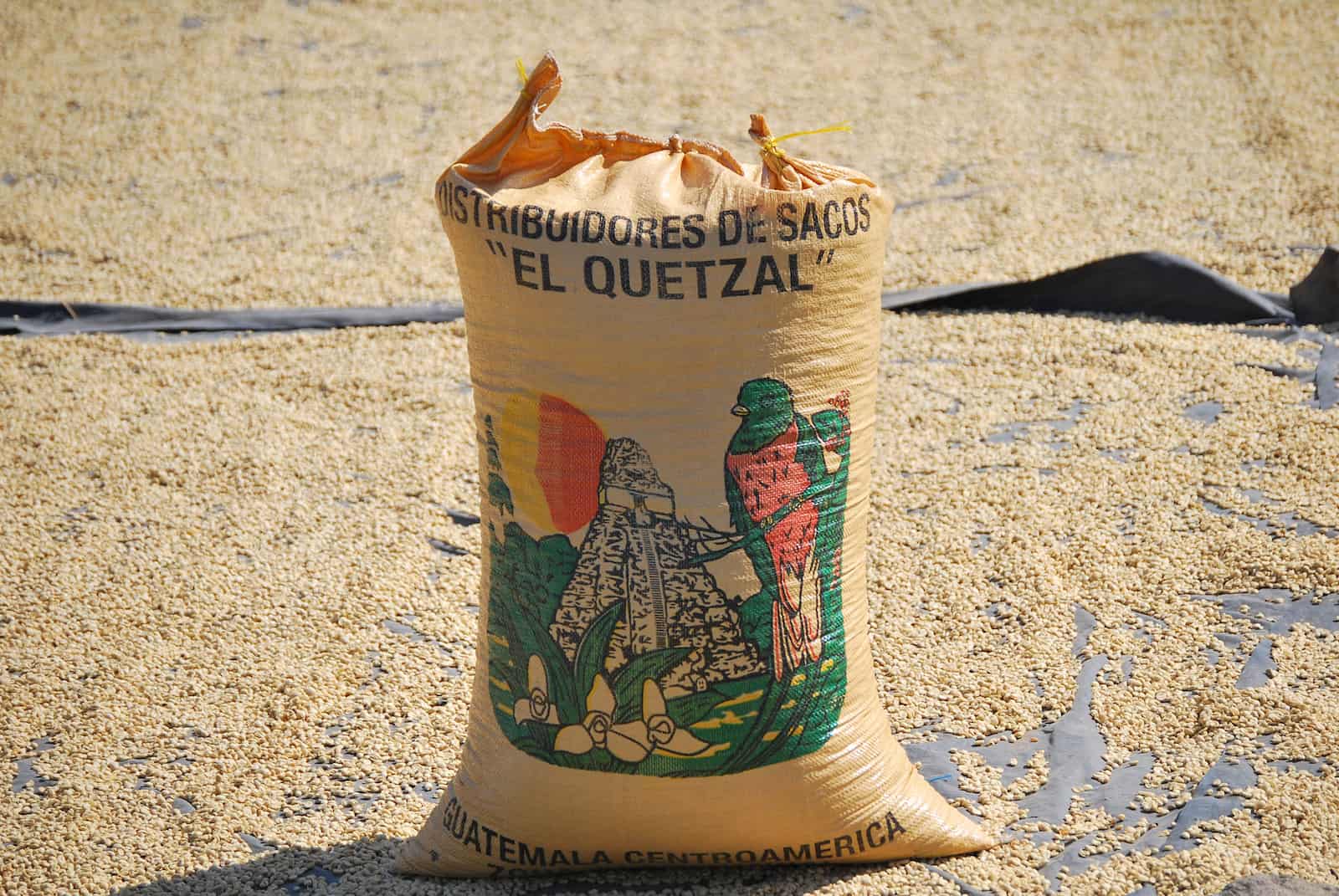
We can’t cover every single event that shaped Guatemala’s coffee industry, but here are some noteworthy events that took place over the course of hundreds of years that helped define this region.
Mid 1700s
Jesuit missionaries brought coffee trees to Guatemala to be planted as ornamental trees, not for their beans.
Mid 1800s
Major industries of Guatemala were indigo dye and cochineal dye, naturally produced.
The invention of synthetic dyes had a profoundly negative impact on the region. The country needed to adapt, and they did just that, switching over a focus to turning those ornamental coffee trees into cash crops.
1880
Approaching the turn of the century, Guatemala’s coffee industry was booming. The vast majority, upwards of 90% of their exports, were now coffee.
During the time between 1873-1885, President Justo Rufino Barrios implemented policies to take land from the Church and to eliminate communal ownership.
1940s
Exports are greatly damaged during war time, and policies that are more corporately favorable are put in place, making things difficult for the small farmers who built the Guatemalan economy one bean at a time.
1950
The new populist President Jacobo Arbenz is elected, and aims to reverse a lot of the past policies from earlier that had made things difficult, but he is violently overthrown, and a civil war ensues. It’s a long, devastating war.
According to EqualExchange: “The Arbenz government was overthrown by a CIA-organized coup in 1954. The land reform was reversed, the unions and popular organizations disbanded, and thousands of people were murdered, including organizers and members of agricultural cooperatives.”
1996
The war finally comes to an end when peace accords are negotiated. Many of the core issues that lead to the civil war in the first place are still present, and still linger to this day.
1990s
In the 90’s, coffee prices dropped to a level that wasn’t sustainable.
When the prices drop below the cost of production, things get very, very bad for small farmers. Not only does production rely heavily on seasonal workers who rarely earn enough to support their families in the best of times, but with lower prices and farms operating at a loss, there’s even less money to go around.
2013
A horrible epidemic of coffee rust swept the country, eliminating upwards of 90% (70% is the low-end estimate) of plants. This cost hundreds of millions of dollars in lost crops, and when you’re already operating at a loss or close to a loss, it’s absolutely devastating.
Guatemala is a country that has fought through countless challenges, creating an incredible resiliency among its people.
They work very hard to produce high quality coffee for the world to enjoy, while fighting to overcome current struggles like coffee rust, along with historical obstacles involving land ownership, labor, and outside influences that still hang overhead.
Final Thoughts
Guatemala shares similarities with other nearby coffee-producing nations, but it also has some distinct features that have it standing on its own. The volcanic soil lends itself very well to coffee growing, and the higher elevation brings something to the table as well.
If you’re looking to try something new, look for some roasted Guatemalan coffee beans the next time you’re shopping, they shouldn’t be too hard to come by.